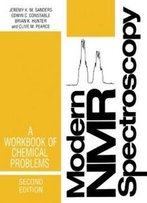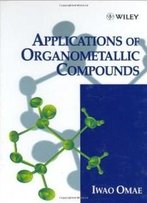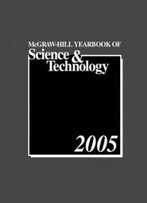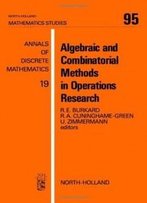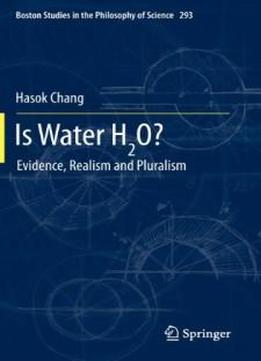
Is Water H2o?: Evidence, Realism And Pluralism (boston Studies In The Philosophy And History Of Science)
by Hasok Chang /
2012 / English / PDF
3.4 MB Download
This book exhibits deep philosophical quandaries and intricacies of
the historical development of science lying behind a simple and
fundamental item of common sense in modern science, namely the
composition of water as H
This book exhibits deep philosophical quandaries and intricacies of
the historical development of science lying behind a simple and
fundamental item of common sense in modern science, namely the
composition of water as H2
2O. Three main phases of
development are critically re-examined, covering the historical
period from the 1760s to the 1860s: the Chemical Revolution
(through which water first became recognized as a compound, not an
element), early electrochemistry (by which water’s compound nature
was confirmed), and early atomic chemistry (in which water started
out as HO and became H
O. Three main phases of
development are critically re-examined, covering the historical
period from the 1760s to the 1860s: the Chemical Revolution
(through which water first became recognized as a compound, not an
element), early electrochemistry (by which water’s compound nature
was confirmed), and early atomic chemistry (in which water started
out as HO and became H2
2O). In each case, the author
concludes that the empirical evidence available at the time was not
decisive in settling the central debates and therefore the
consensus that was reached was unjustified or at least premature.
This leads to a significant re-examination of the realism question
in the philosophy of science and a unique new advocacy for
pluralism in science. Each chapter contains three layers, allowing
readers to follow various parts of the book at their chosen level
of depth and detail. The second major study in "complementary
science", this book offers a rare combination of philosophy,
history and science in a bid to improve scientific knowledge
through history and philosophy of science.
O). In each case, the author
concludes that the empirical evidence available at the time was not
decisive in settling the central debates and therefore the
consensus that was reached was unjustified or at least premature.
This leads to a significant re-examination of the realism question
in the philosophy of science and a unique new advocacy for
pluralism in science. Each chapter contains three layers, allowing
readers to follow various parts of the book at their chosen level
of depth and detail. The second major study in "complementary
science", this book offers a rare combination of philosophy,
history and science in a bid to improve scientific knowledge
through history and philosophy of science.
